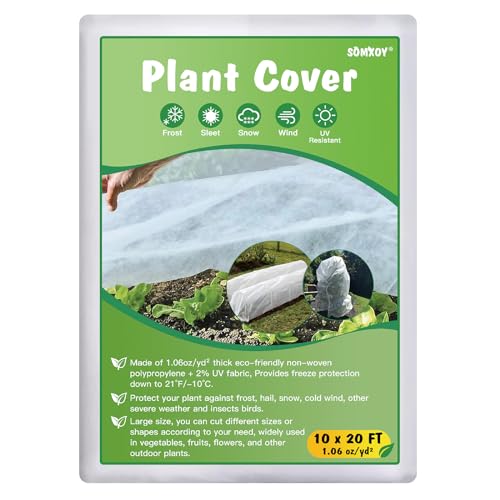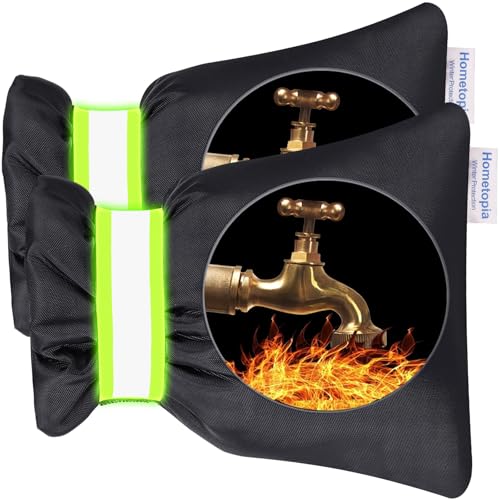How to winterize a vegetable garden and improve soil health for next year
5 expert steps to protect and prepare a vegetable garden for winter and beyond

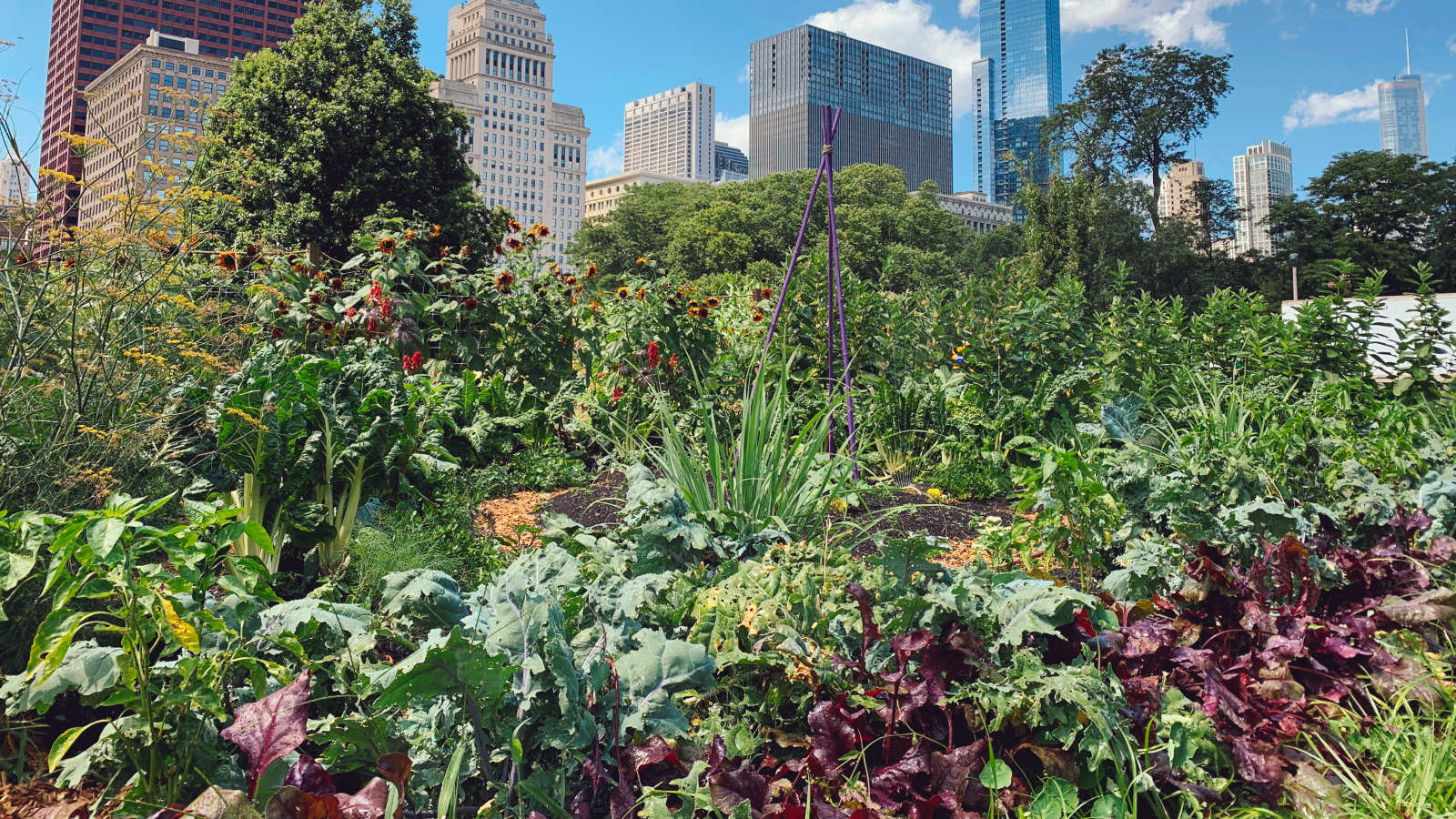
Any vegetable garden slows down as winter approaches and being proactive when it comes to preparing it for the cold weather will reap dividends come spring. There are still crops to harvest over the winter, but an increased focus can go into preparing beds for next year.
While you are busy in the summer with sowing, planting, feeding, weeding, and harvesting, the fall and winter can be more relaxed. It does not mean there are not important tasks to do and I spent many days clearing beds, mulching, harvesting, and more throughout winter when working as a kitchen gardener.
The time that goes into winterizing a vegetable garden is very beneficial. Preparing beds and nourishing the soil health means less to do come spring and next year’s crops benefit from less weeds, nutrient-rich soil, and no diseases hanging around from last year.
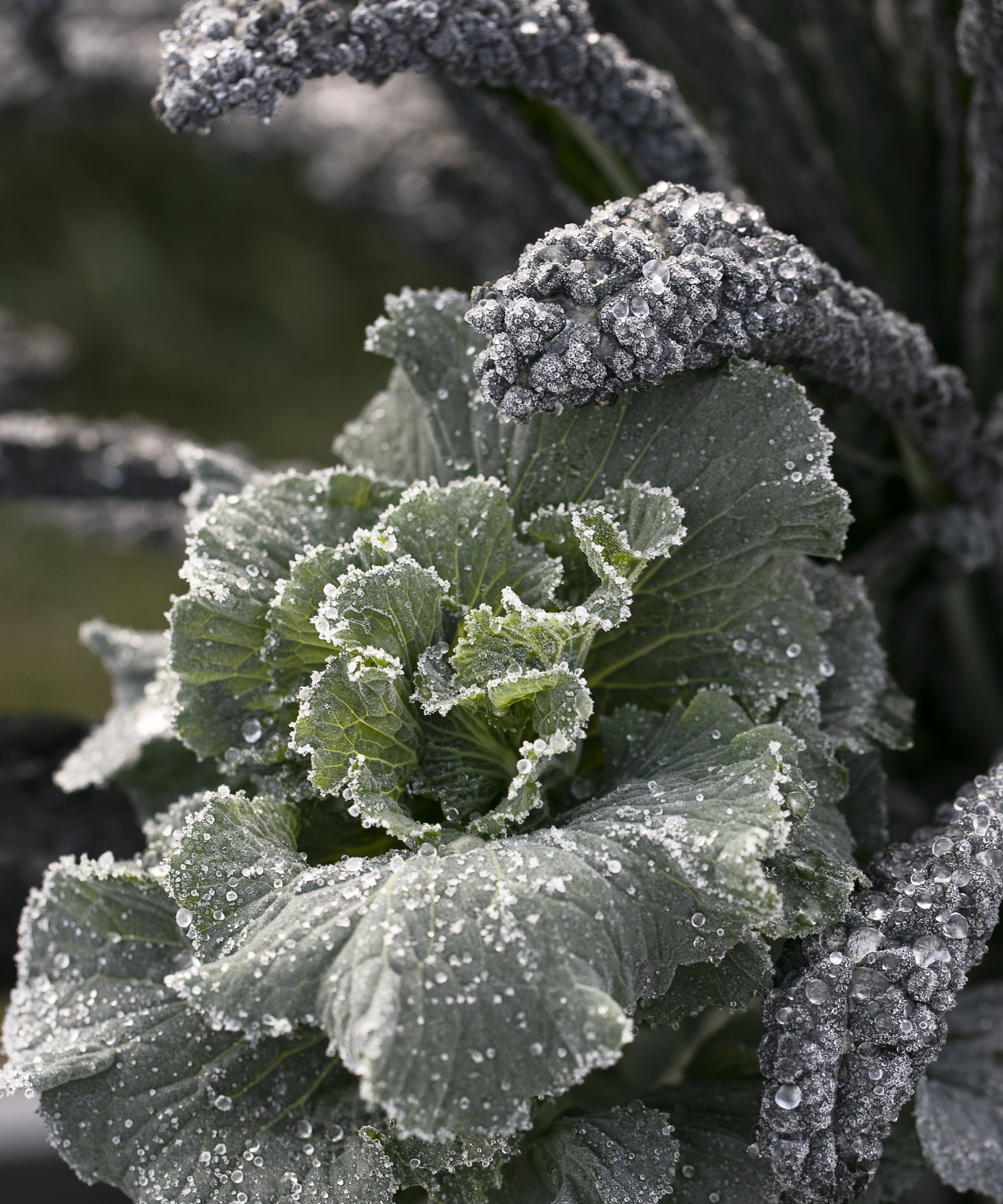
How to winterize your vegetable garden
I worked in kitchen gardens 12 months a year for many growing seasons and was kept busy, so here is some tips for how to winterize a vegetable garden.
Along with my own experiences, I also hear from some expert vegetable growers to put together a list of the five most recommended jobs to do ahead of winter.
1. Harvest vegetables
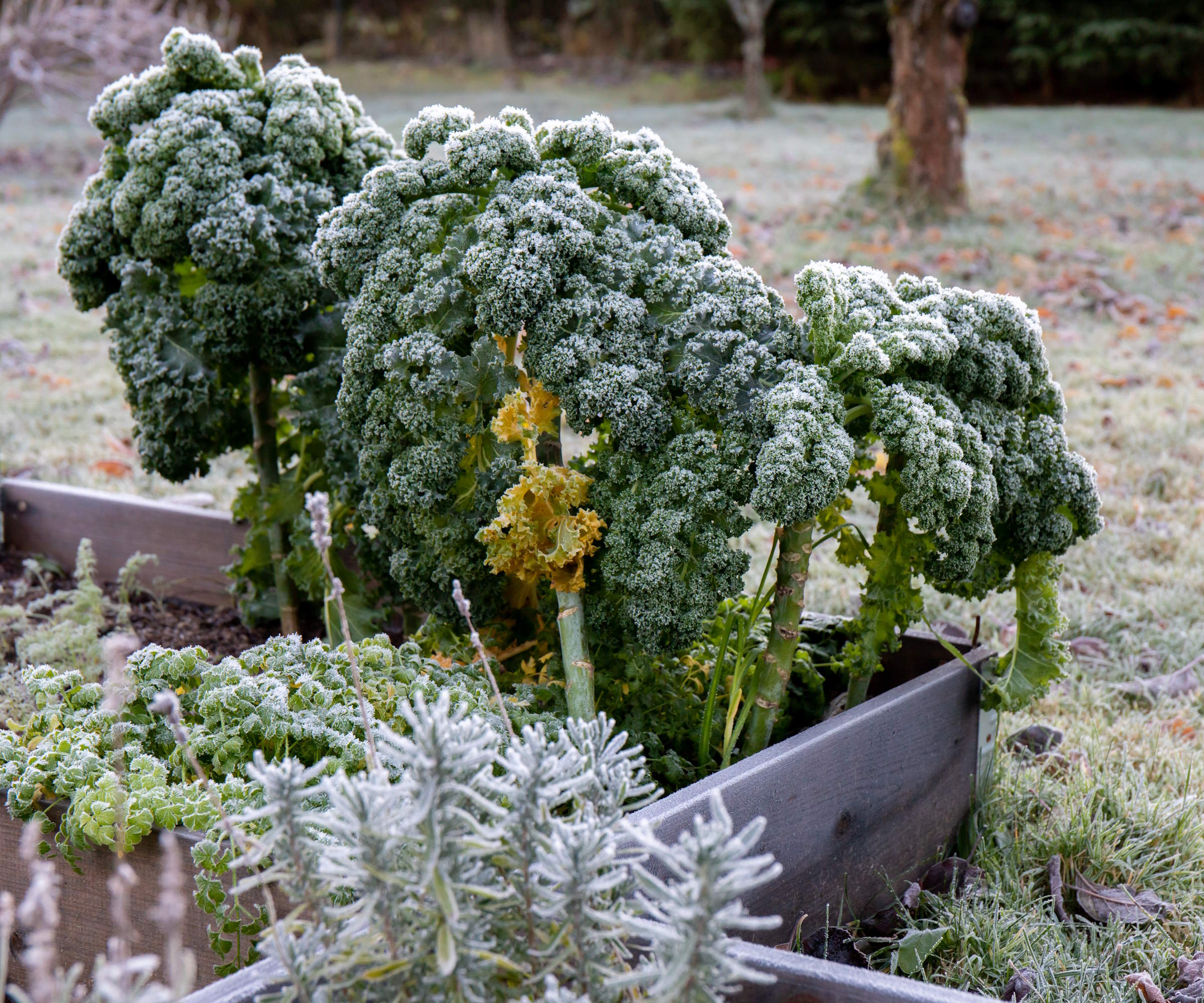
The vegetables you may overwinter will depend on your US hardiness zone. Hardy vegetables like many brassicas, spinach, and garlic, can tolerate very low temperatures, but there is a wide selection of semi-hardy crops. These can overwinter happily in US hardiness 7 and up but may need harvesting before winter in US hardiness 6 and below.
This list includes carrots, beets, turnips, and rutabaga - crops which will suffer once the ground freezes. Covering them with a layer of straw can help with overwintering vegetables, to prevent a light ground frost and make harvesting easier. However, growers in colder zones, or with heavy soil, should lift them ahead of time.
Design expertise in your inbox – from inspiring decorating ideas and beautiful celebrity homes to practical gardening advice and shopping round-ups.
If you are growing potatoes and have not yet lifted them, harvest your potatoes before winter to avoid tubers rotting in the ground. Any tender crops, including pumpkins, squash, and zucchini should be harvested before the first frosts.
2. Remove old crops
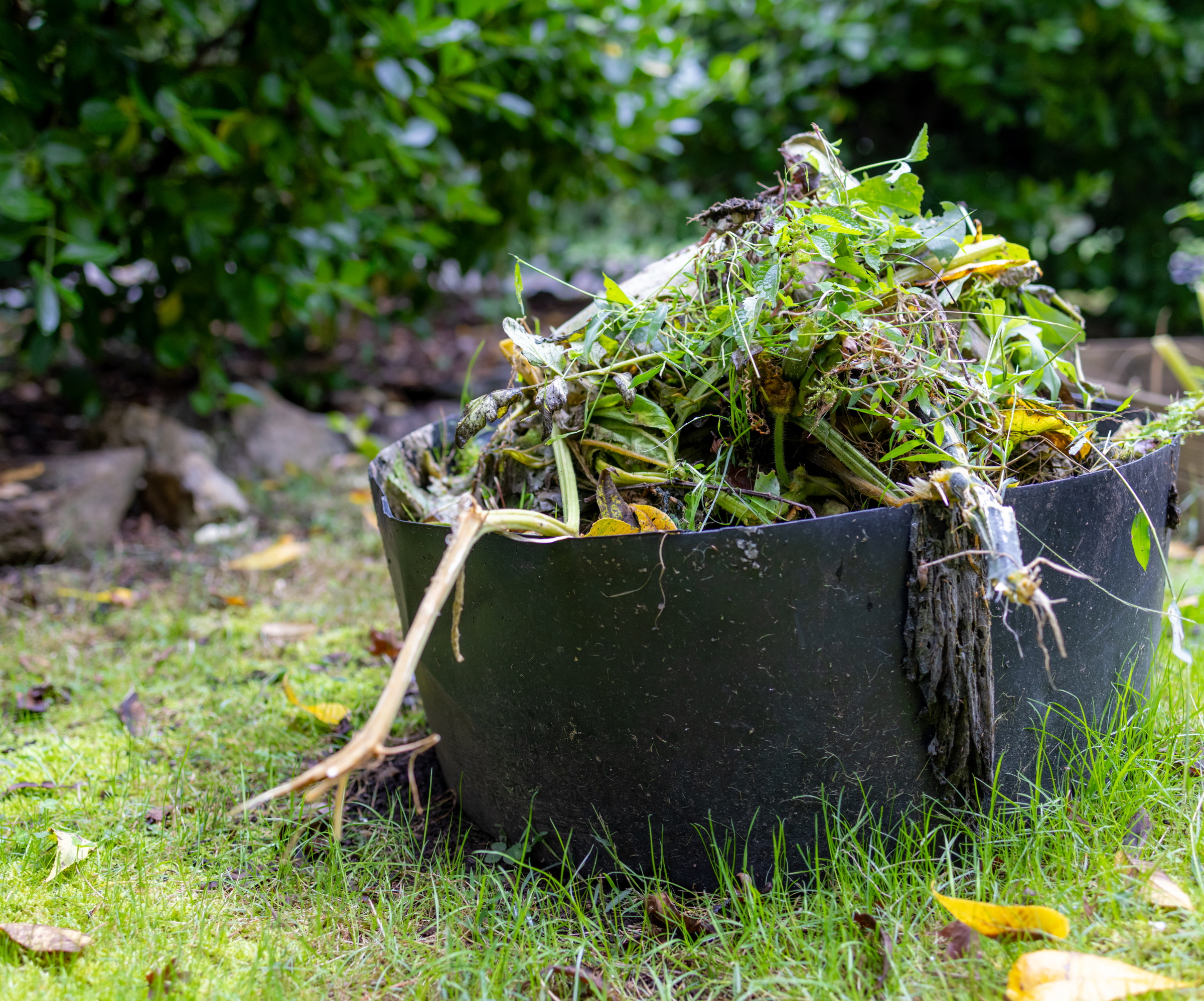
The colder winter weather will mean the end of your summer crops, they will have provided many delicious harvests during the warmer months but will succumb to the winter freeze. Clear away plant debris for winter and use any disease-free old leaves and stems to make compost.
Christian Douglas, author of The Food Forward Garden, says it is ‘the perfect time to prune and clean up’ as there is now less harvesting. He adds: ‘Removing debris will reduce the chances of disease next season and minimize hiding places for slugs and other winter pests.’
The vegetable garden should not be empty as many vegetables to overwinter can provide harvests throughout the colder months. The likes of kale, winter cabbages, cauliflower, parsnips, and Brussels sprouts can successfully overwinter outdoors through winter.

Christian Douglas is a multi-award-winning landscape designer, creating beautiful and productive outdoor spaces for over 25 years. He is the author of 'The Food Forward Garden: A Complete Guide to Designing + Growing Edible Landscapes' available at Amazon.
3. Cover the soil
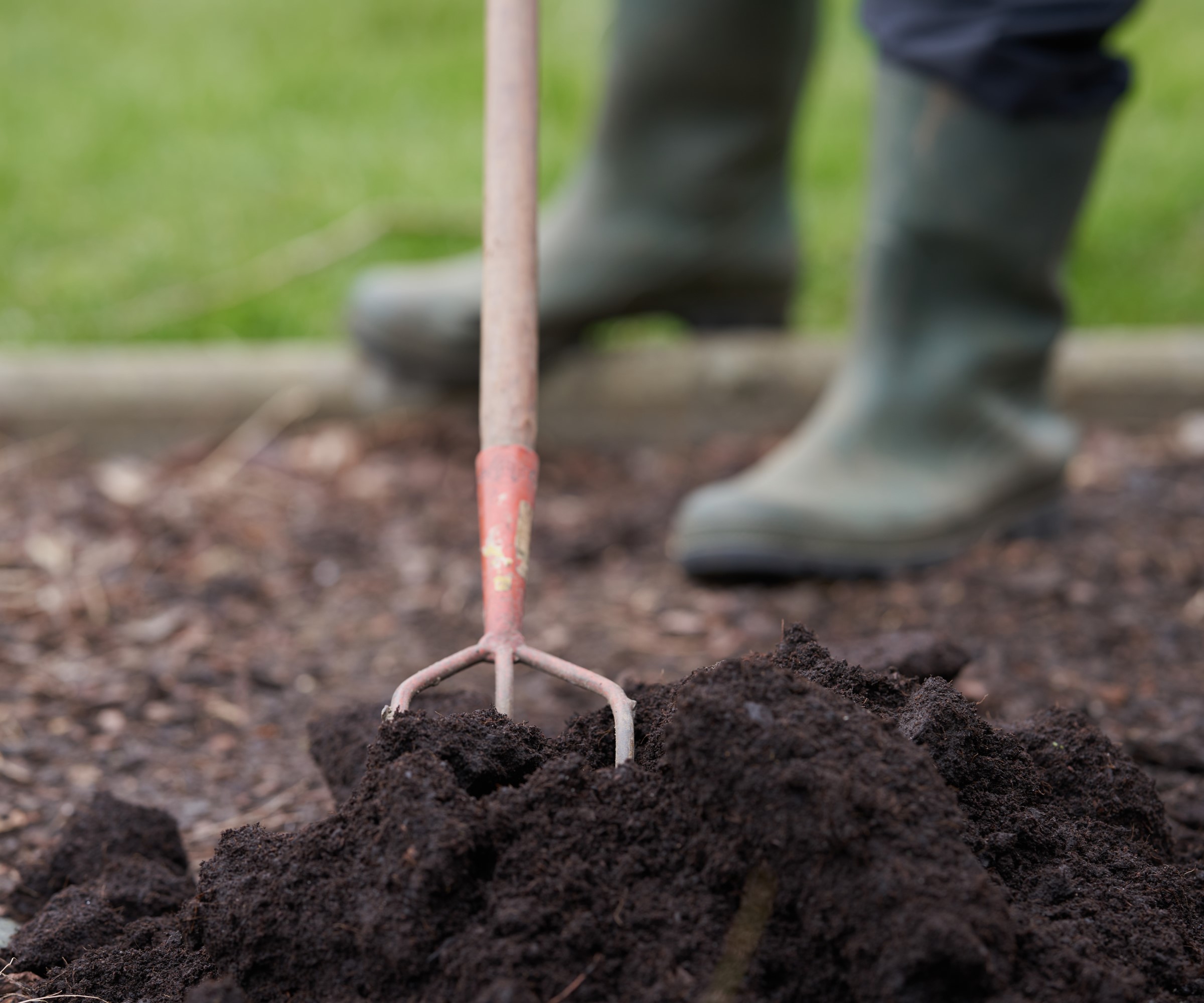
It is beneficial to cover the soil ahead of winter. It protects the soil from erosion, smothers weeds, and can boost microbial activity. There are a few potential options for covering the soil, including mulching with organic matter, putting down cardboard, or sowing cover crops and green manures.
- Mulching: ‘Without the dense leaf canopy and root systems of summer vegetables the soil is left exposed, but this can easily be fixed by applying a layer of mulch,’ recommends Christian Douglas. ‘I prefer using a 1-2 inch layer of organic compost, which not only protects the soil but adds essential nutrients and microbiology, enriching the soil for next spring.’ Compost should always be the number one option for mulching a vegetable garden and fertilizing a vegetable garden in the fall. However, alternatives to spreading compost include leaf mould, which I used to do annually in kitchen gardens, or covering the ground with shredded leaves.
- Cardboard: The soil can be covered with an inorganic layer of materials such as black plastic or old carpet. This will do the job of preventing erosion and smother weeds, but will not benefit the soil. If you want to cover beds, the best option is to use cardboard as it breaks down and can help the soil over time. ‘Cover the garden with cardboard (a great usage for your Amazon boxes) making sure to overlap the layers blocking the sun,’ recommends Troy Smothermon, the founder at StartOrganic. ‘Let the snow or rain soak the cardboard until springtime. Then cut holes in the cardboard to plant your spring veggies.’
- Cover crops: Also known as green manures, cover crops are a simple and successful way to improve the soil over winter. They can be sown in the fall to provide ground cover, control weeds, and add nutrients to benefit soil health. There is a wide selection of cover crops to choose from, including legumes, clover, vetch, and rye. Troy Smothermon advises: ‘Plant fava beans as a cover crop 12" apart throughout the whole garden. These plants will add nitrogen to your soil and help with preparations for Spring with very little care.’ Alternatively, Valeria Nyman, chief product officer at Taim.io, hails ‘hardy species like clover or rye’ as fantastic options for cover crops, adding: ‘Cover crops can increase soil nitrogen levels by as much as 30 pounds per acre, setting the stage for a bounty when the earth awakens.’ See a range of cover crop seeds to sow at True Leaf Market.

With more than 20+ years of experience as an expert organic vegetable/fruit gardener, Troy Smothermon is based in the Bay Area and founded StartOrganic in 2011. It is now the leading provider worldwide of online and on-campus corporate wellness through organic vegetable gardening programs.
4. Protect plants

Even hardy vegetables will benefit from protection ahead of winter, whether from frosts, strong winds, or pests. Frost and snow can damage the leaves of even the hardiest of crops, while birds may be tempted by winter brassicas and other vegetables in search of food.
- Row covers and frost cloths can cover the likes of cabbages, swiss chard, kohlrabi, or winter salad leaves to keep them sheltered from potential damage from the weather and pests
- Tall crops such as Brussels sprouts, kale, and kalettes will benefit from being staked to stop them from being topped by winds. Cutting down the tall stems of Jerusalem artichokes will prevent them from being rocked by the wind and uprooting the tubers
- Citrus trees in containers, along with any other delicate crops or plants in pots, should be moved indoors, into a greenhouse or porch, or protected with covers against the cold, such as these insulated pot protectors from Walmart.
5. Weatherproof irrigation
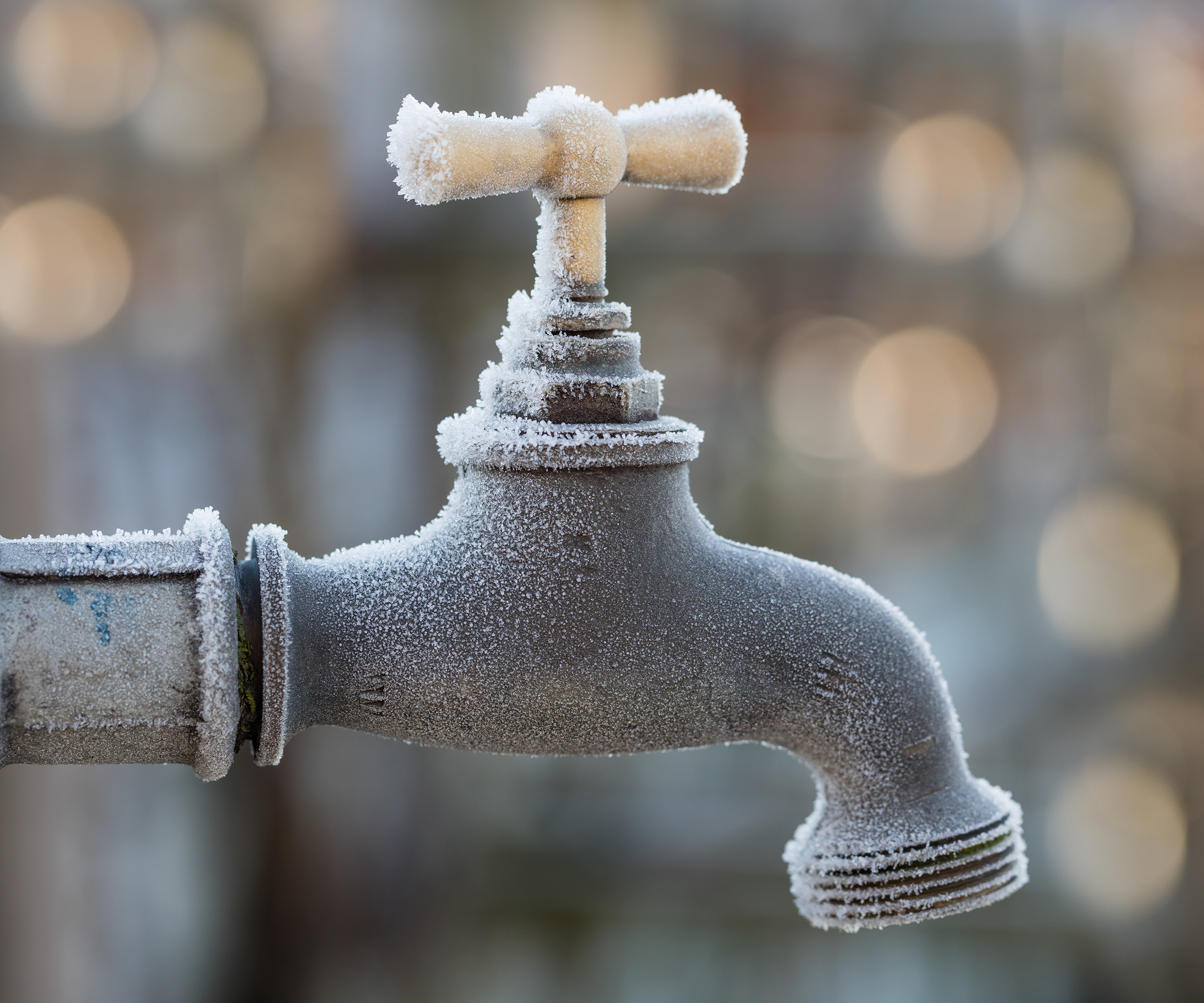
Finally, Troy Smothermon advises: ‘Weatherproof your irrigation systems by draining them of water. The water freezes in the pipes and expands causing expensive repairs.’
Taking time to winterize a sprinkler system or protect an outside faucet from freezing avoids burst pipes, damaged lines, or broken valves that will often not be obvious until you use the system again next year.
Sprinklers and irrigation systems want to be drained, insulated, and properly shut down for winter. Taps and outside faucets can be protected with covers and any hoses should be drained and stored indoors.
FAQs
Should I cover my empty vegetable garden in winter?
It is always recommended to cover empty vegetable garden beds over winter. It helps prevent soil erosion from winter rain and wind, smothers weeds and raises the soil temperature so you can plant in the beds earlier in spring. The vegetable garden can be covered with organic mulch, such as compost, leaf mold or recycled cardboard, or inorganic mulches like black plastic or old carpet.
As well as vegetable garden beds, it is also important to winterize raised beds that you use for growing crops. Hardy vegetables can overwinter in a raised garden bed, but empty beds want to be covered with mulch. Topping up the bed with compost fixes any gaps as the soil level drops over time and adds nutrients to the soil as it breaks down. Raised beds are also suitable for cover crops, which can be cut down and mixed into the soil in spring.

Drew has worked as a writer since 2008 and was also a professional gardener for many years. As a trained horticulturist, he worked in prestigious historic gardens, including Hanbury Hall and the world-famous Hidcote Manor Garden. He also spent time as a specialist kitchen gardener at Soho Farmhouse and Netherby Hall, where he grew vegetables, fruit, herbs, and cut flowers for restaurants. Drew has written for numerous print and online publications and is an allotment holder and garden blogger. He is shortlisted for the Digital Gardening Writer of the Year at the 2025 Garden Media Guild Awards.
